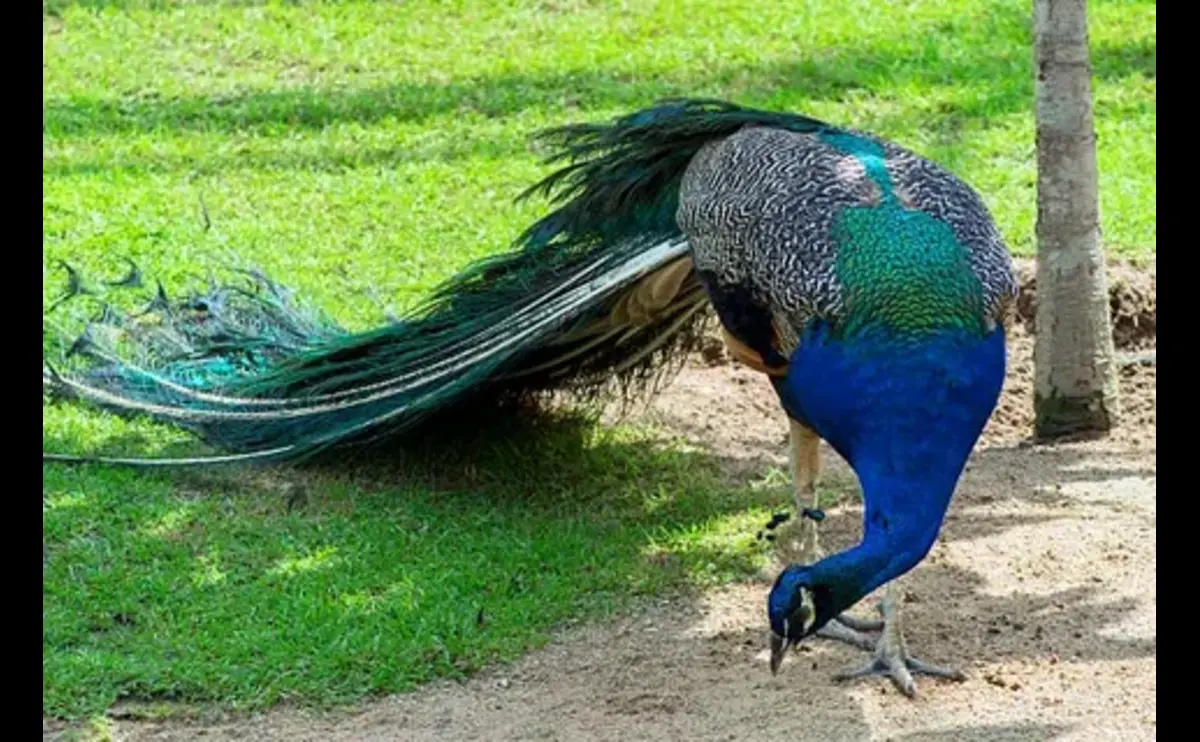Blog
Peacock Farming in Pakistan: Opportunities, Challenges, and Insights

Peacock farming in Pakistan is becoming a promising business for both hobbyists and commercial breeders. The feathers, beauty, and show value of ornamental peafowl, such as the Indian Blue, White, and Pandanus (Green) peacocks, are being bred. In 2017, Multan reported that a mature peacock might be sold for between PKR 15,000 and PKR 300,000, depending on the breed and the quality of the feathers.
This blog discusses peacock farming in Pakistan, the breeding, the care, the cost, and how the adaptation of the operations according to the peacock breeding season may considerably influence successful farming.
Peacock Farming in Pakistan is expanding because of the following reasons
Express Tribune reported that in South Punjab, particularly Multan and Khanewal, the interest in peacock farming has gained momentum because of its entertainment value as well as to generate income. Licensing of farmhouses is being done to breed peafowls, and breeders such as Muhammad Nasir Sial are breeding hundreds of birds, including color variations that are rare.
What Successful Peacock Farming Needs
Space, Environmental Conditions, and Housing
Peafowls require good shelter, shade, dry ground, and cover against extreme weather. There are dangers of heat, cold, moisture, and predators. Climate is a significant determinant in health and survival.
Peacock Farm Feeding and Nutrition
Wild peafowl diets are varied and they comprise:
Fruits, fruits, grain, vegetation.
Small reptiles, mammals, and insects.
The National Zoo of the Smithsonian reported that these animal-derived food products are essential during the breeding season to aid the energy-demanding activities.
Breeding Cycles & Seasonal Timing
It is necessary to know the breeding season of peacocks. In the wild, according to zoos, Indian Blue Peafowl mate between April and June, where they make display areas (leks) and are fully plumaged at that time.
The article in the Indian Journal of Animal Research provided an observation of peacocks in government and non-government zoological gardens within Pakistan. It was discovered that the majority of the birds begin to breed between April and August, with peaks varying according to the facility.
Costs, Income, and Profit Estimates
Startup Costs: purchase of breeding pairs, set up of the housing, feed, and medical care.
Returns: Good-coloured, full-grown peacock may fetch a lot of money. Express Tribune quotes PKR 300,000 as the cost of high-quality birds.
Breeding Output: The incubation of a clutch is between 3 and 12 eggs, with a 28-day incubation period according to the peafowl facts about breeding at SeaWorld.
Challenges & Risks
Climate Stress: 80 plus peacocks died in Tharparkar because of extreme heat in summer and because of illness and insufficient care, as was reported by the Express Tribune through the Press News Agency.
Rules and Regulations: Wild flesh requires licensing, and breeders have to abide by the regulations.
Disease Management: Veterinary and biosecurity should be taken care of.
Conclusion: Start Smart with Peacock Farming
Peacock farming has real potential, but it is by ensuring that you match your farm activities with the natural behaviors of the animals, and in particular the breeding season of the peacock, that the success of this project is guaranteed by ensuring a balanced diet and good husbandry of the animals. You can make it both financially and culturally, should you plan properly, which is to space, feeding, caring, and licensing.
FAQs
Is Peacock Farming Legal in Pakistan?
Yes, it needs provincial wildlife licences. It is recommended that farmers check the local regulations and CITES guidelines on export.
What Is the Typical Clutch Size and Incubation Period?
The eggs of the Indian Blue peacocks typically range between 4 and 8 in number, though their incubation period is about 28-30 days, as stated by the SeaWorld peacock facts.
At What Age Do the Peacocks Become Fertile/Reach Maturity Plumage?
Males mature with complete trains and showcase at 2-3 years of age. They might develop faster in females in reproductive capacity. (Zoo New England)

